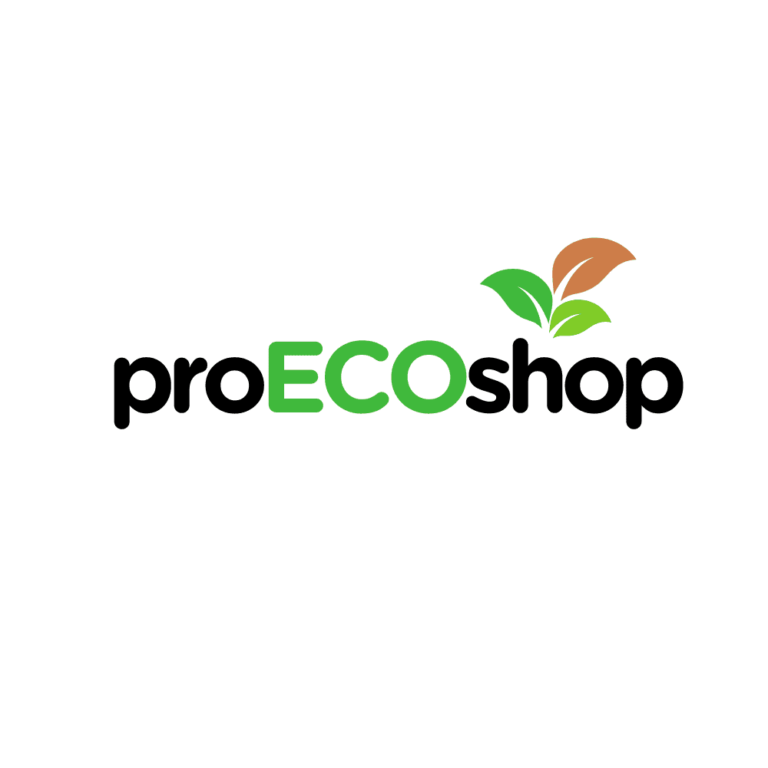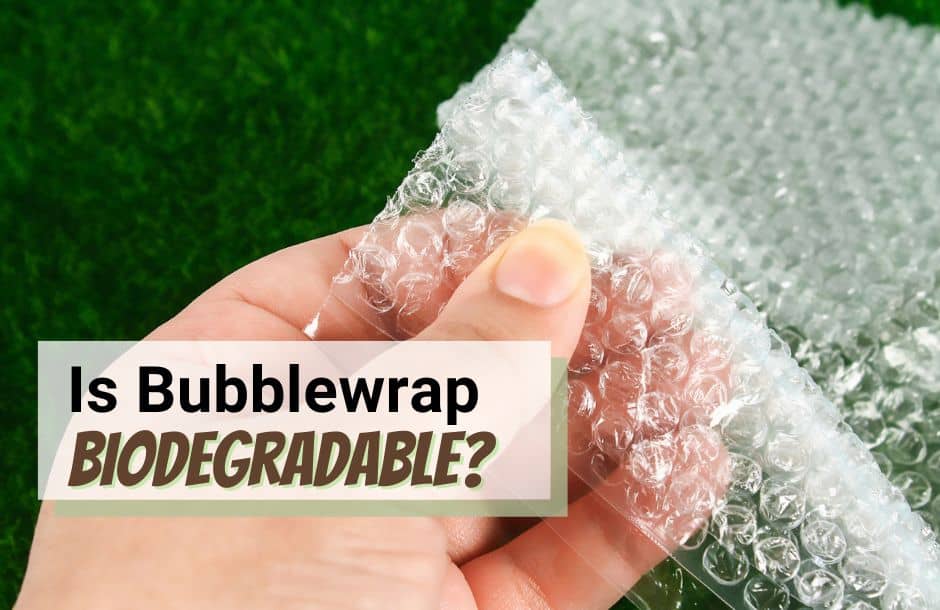Is bubble wrap biodegradable?
Bubble wrap is a packing material made up of small, transparent bubbles of plastic film. It is often used to protect items during shipping, as the bubbles cushion and protect the contents. Bubble wrap is also biodegradable, meaning it can be broken down by natural processes and does not persist in the environment.
Most bubble wrap is made from polyethylene terephthalate (PET), a type of plastic that is generally considered biodegradable. PET is derived from oil and natural gas, and while it is not as biodegradable as some other materials, it will eventually break down. Bubble wrap made from other materials, such as recycled paper or aluminum foil, may not be biodegradable.
Bubble wrap is considered biodegradable because it is not made from non-biodegradable materials like Styrofoam. While Styrofoam is technically biodegradable, it takes many years for it to break down and often ends up in landfills. In contrast, bubble wrap will break down relatively quickly in the environment.
While bubble wrap is biodegradable, it is not compostable. This means that it cannot be broken down and used as a fertilizer for plants. However, it can be recycled into new products like plastic bottles or other packing materials.
Overall, bubble wrap is a biodegradable packing material that can be recycled into new products. It is not as biodegradable as some other materials, but it will eventually break down in the environment.
What are Bubble Wraps?
Bubble wraps are a special kind of packaging material that is used to protect objects from damage. They are made of two thin plastic sheets that are sealed together at the edges. Tiny air bubbles are trapped in the sheets, which provide cushioning for the object inside.
Bubble wraps are available in different sizes and thicknesses. They can be used to protect a wide variety of objects, including fragile items like glassware and electronics, as well as heavier items like furniture.
How are Bubble Wraps Used?
Bubble wraps can be used in a variety of ways to protect objects. Some common methods include:
-Wrapping the object in bubble wrap
-Packing the object in a box and then wrapping the bubble wrap around it
-Creating a “bubble wrap cushion”
Wrapping the object in bubble wrap: This is the most common way to use bubble wraps. The object is wrapped in bubble wrap so that it is completely covered. This provides maximum protection for the object.
Packing the object in a box and then wrapping the bubble wrap around it: This method is used when the object is too large to be wrapped in bubble wrap on its own. The object is placed in a box and then bubble wrap is wrapped around it. This helps to protect the object from damage during transit.
Creating a “bubble wrap cushion”: This method is used when the object is being transported in a vehicle. The object is placed on top of a layer of bubble wrap and then another layer is put on top. This creates a cushion that will help to protect the object from bumps and shocks.
How does bubble wrap affect the environment?
Bubble wrap is a common packaging material that is often used to protect items during shipping. While it is generally seen as an environmentally-friendly option, there are some concerns about the impact that bubble wrap has on the environment.
There are some concerns about the environmental impact of bubble wrap. The primary concern is that bubble wrap is made from plastic film, which is not biodegradable. When bubble wrap is disposed of, it can take decades or even centuries for it to decompose. This can lead to plastic pollution, as plastic film is not a sustainable material.
In addition, the production of bubble wrap can be harmful to the environment. The plastic film used to make bubble wrap is often manufactured from non-renewable resources, such as oil. This can lead to greenhouse gas emissions, which can contribute to climate change.
Despite these concerns, bubble wrap is still considered to be a more environmentally-friendly packaging option than many other materials. It is reusable and can be recycled or composted. In addition, the air bubbles in bubble wrap can help to protect items from damage, which can lead to less waste.
Is bubble wrap considered eco-friendly?
Bubble wrap is often seen as an environmentally friendly packaging material due to its ability to be recycled. However, there is some debate over whether bubble wrap is truly eco-friendly.
Bubble wrap is made of polyethylene film, which is a type of plastic. This means that it is not biodegradable and cannot be easily recycled. In fact, it is often difficult to recycle bubble wrap because it is often contaminated with other materials.
Despite the fact that bubble wrap is not a completely environmentally friendly packaging material, it is still better than many other materials options. For example, bubble wrap is less harmful to the environment than Styrofoam, and it is also easier to recycle than cardboard.
How to recycle bubble wrap?
Bubblewrap is a valuable commodity and should be recycled where possible.
There are a few ways to recycle bubblewrap. One way is to cut it into small pieces and put it in the compost bin. This will help to keep the compost warm and will break down the bubblewrap over time.
Another way to recycle bubblewrap is to use it to pack fragile items when shipping. This will help to protect the item from breaking during transport.
Finally, you can also use bubblewrap as insulation in your home. This will help to keep your home warm in the winter and cool in the summer.
Bubblewrap is a valuable commodity and should be recycled where possible. By using one or more of these methods, you can help to reduce the amount of bubblewrap that ends up in landfills.

